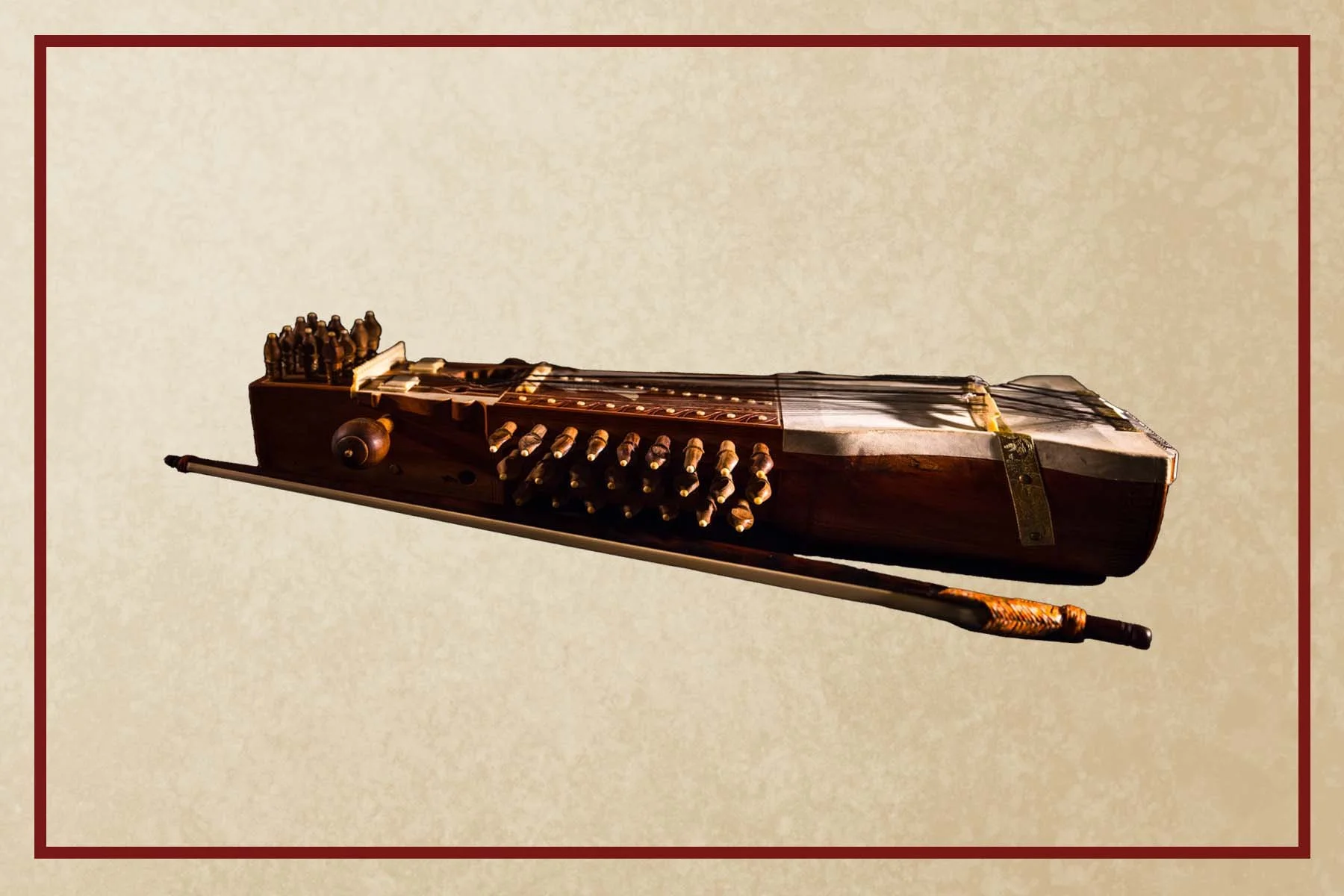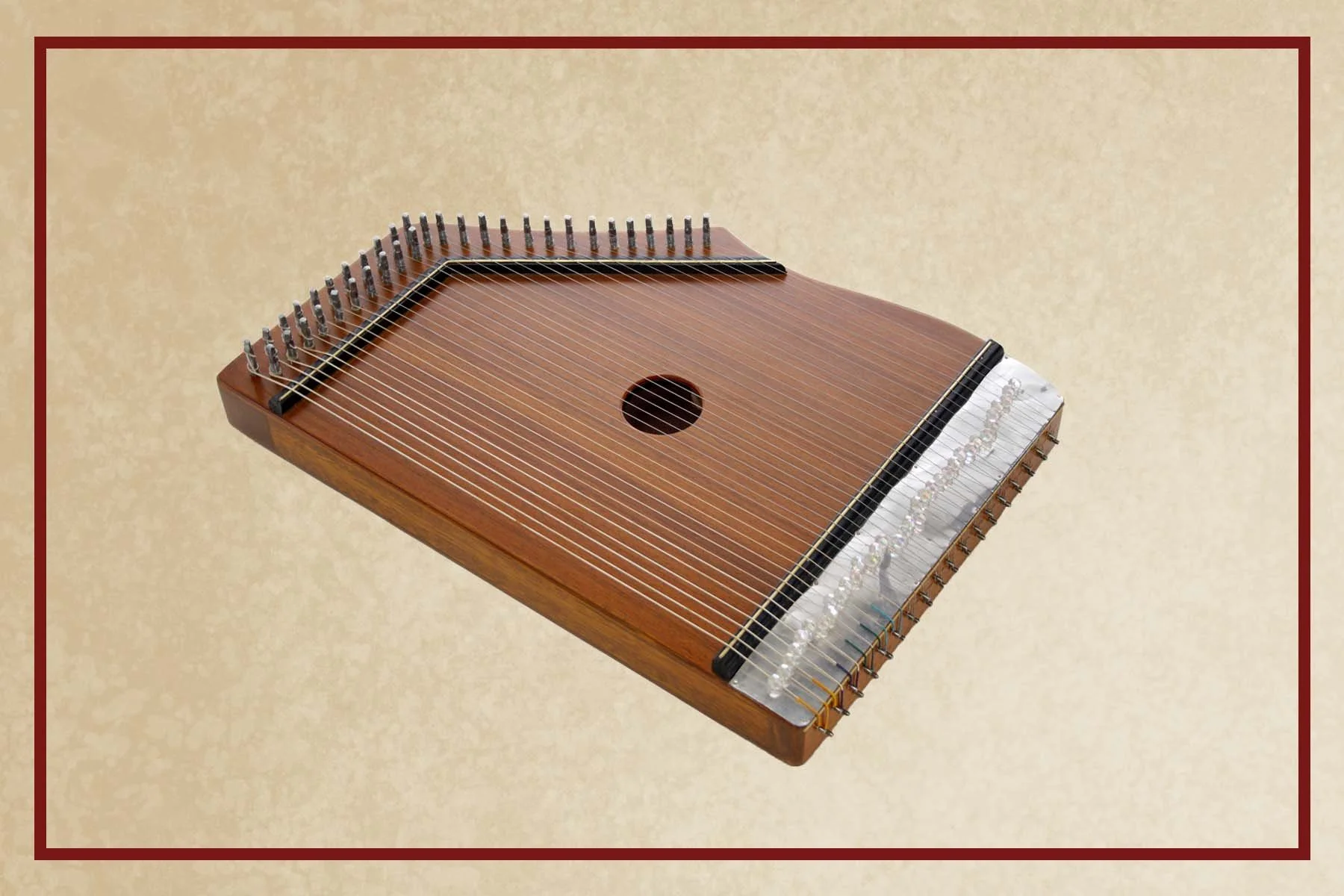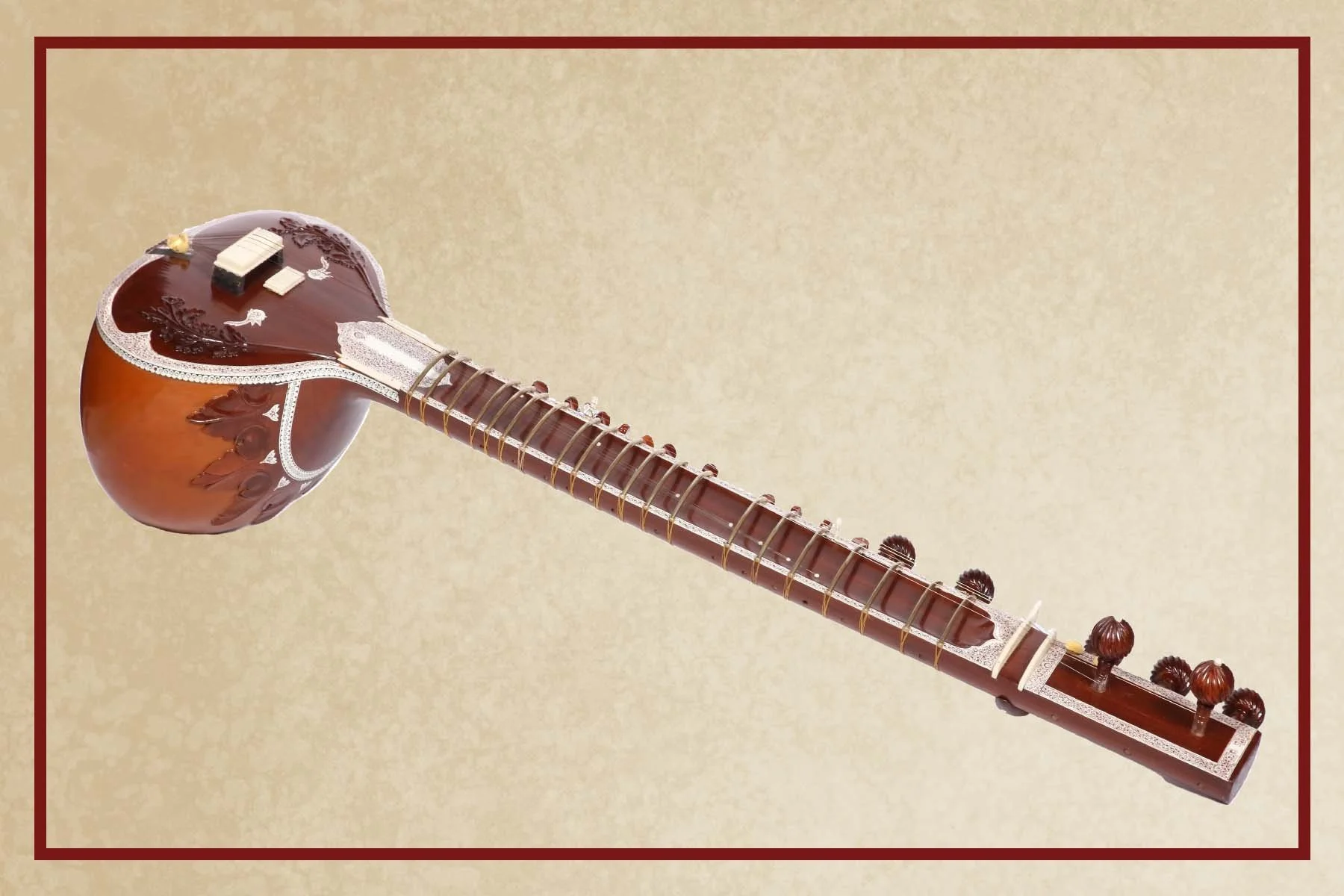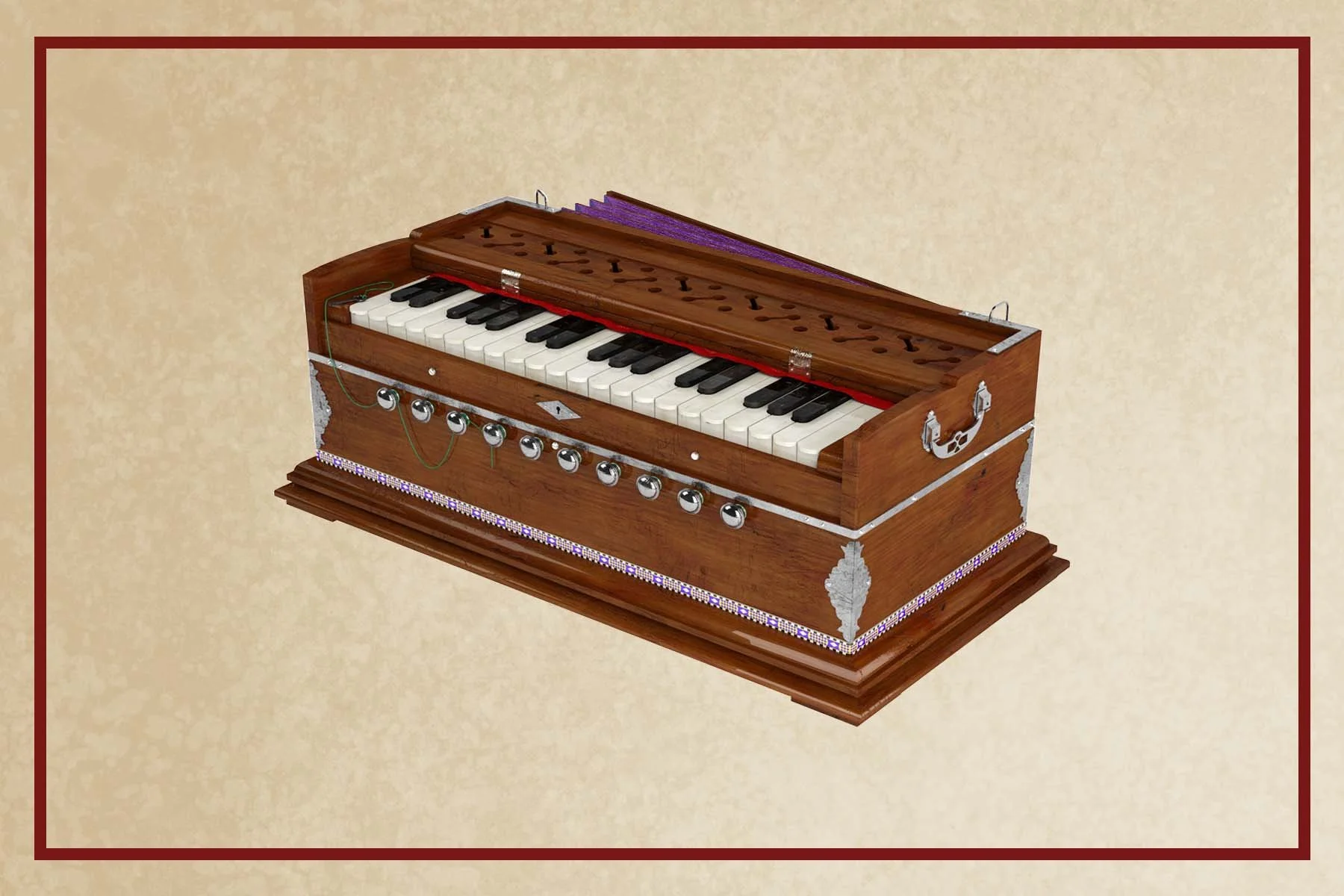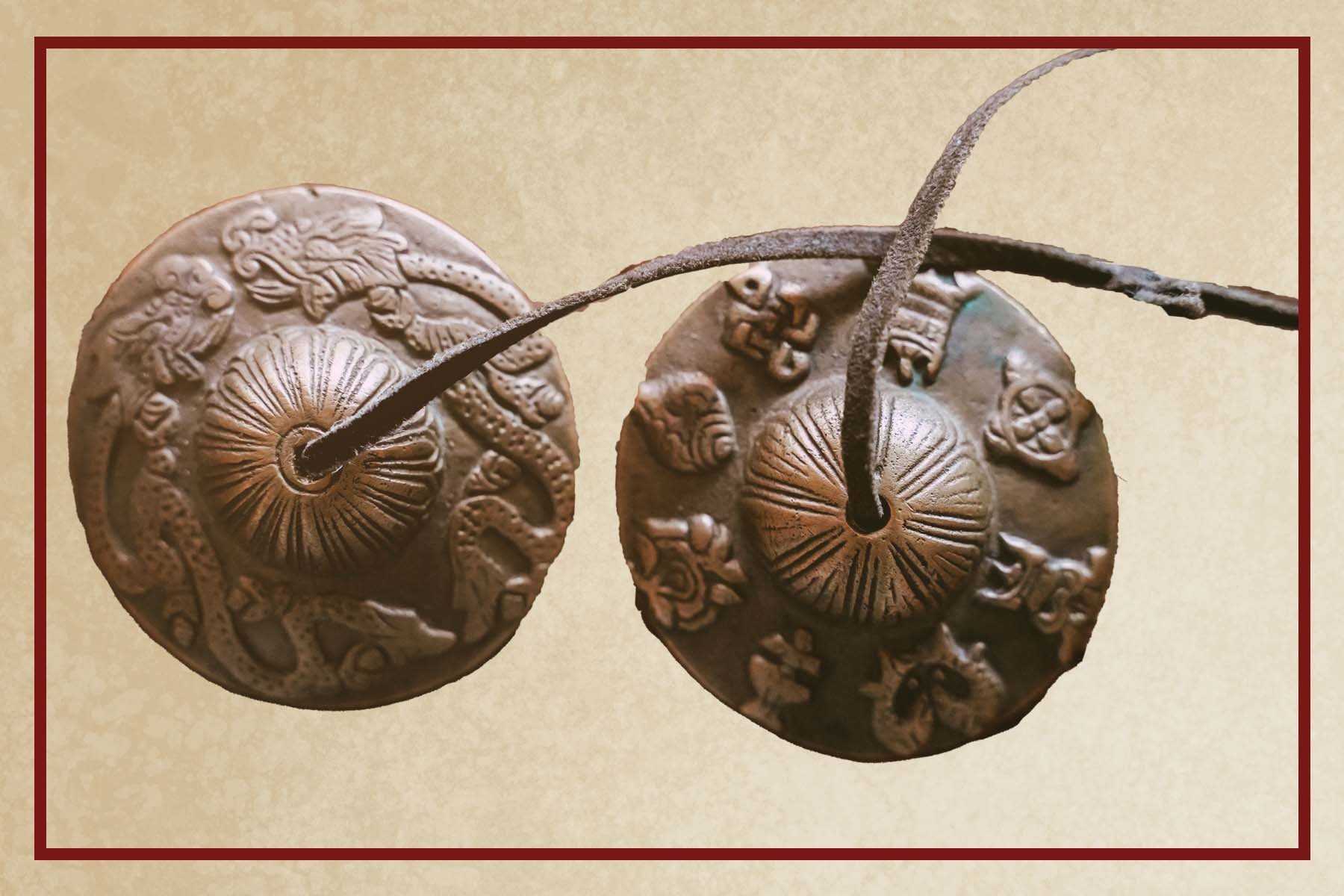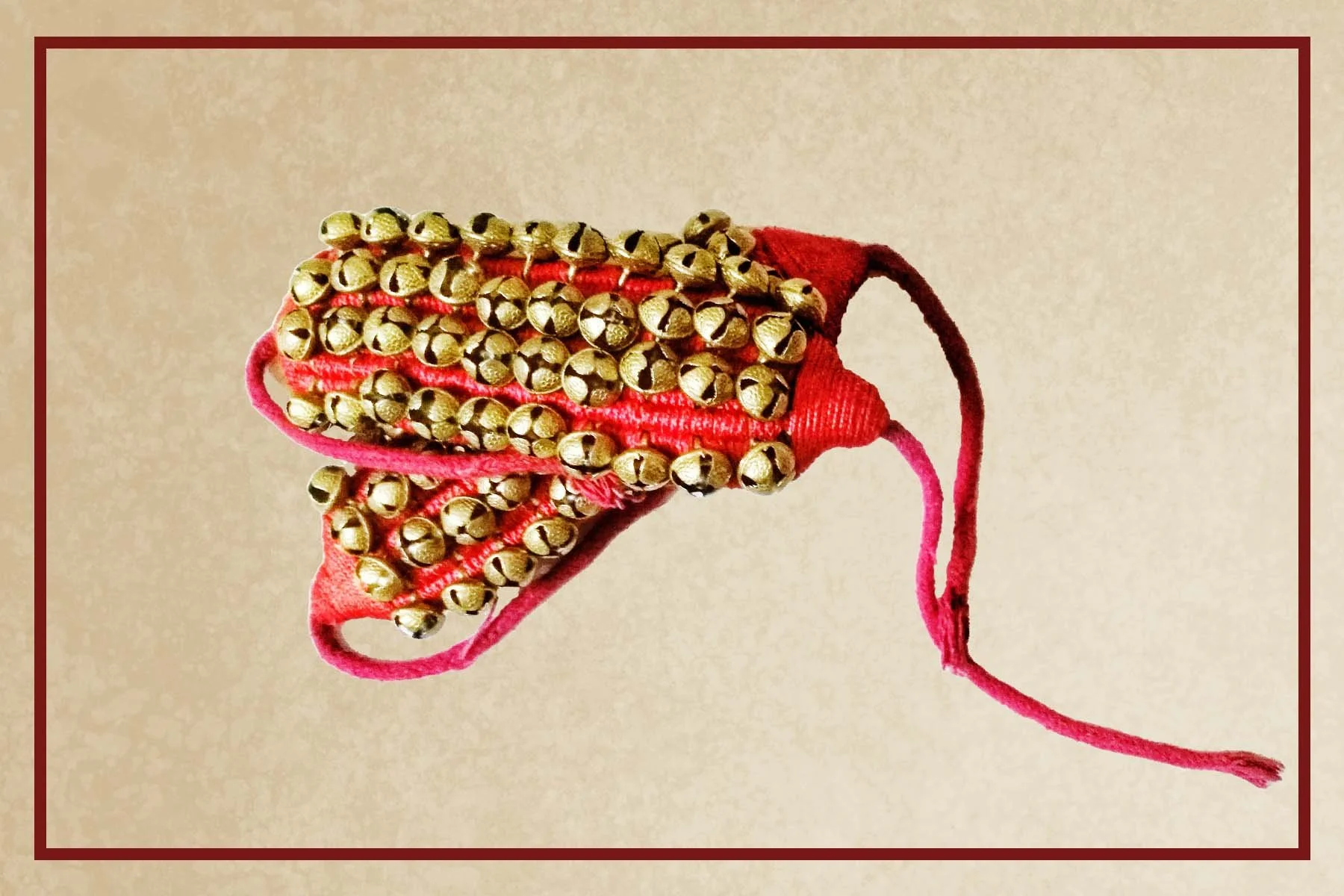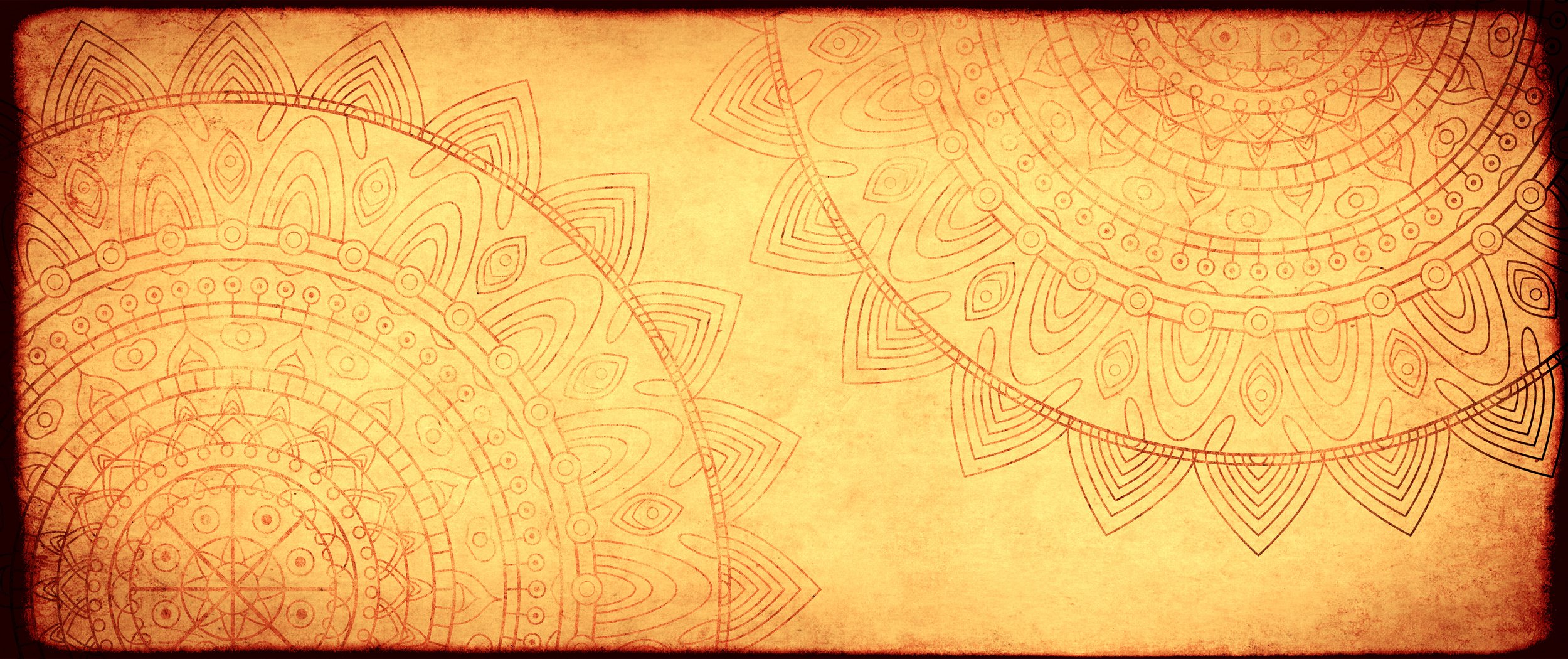
Indian Musical Instruments
India has the most ancient and evolved music system in the world. The earliest evidence points to this discovery in the cave paintings showing musical activity and instruments at Bhimbetka in Madhya Pradesh (Central India), dating back 10,000 years ago. Similarly, during the later excavations of the Harappan civilization, evidence of musical activity and dance was uncovered. The study of such evidence helps us understand the evolution of music and several cultural aspects of the people who used these instruments.
The Natya Shastra, an ancient encyclopedia of the arts, compiled by Bharat Muni (200 B.C.- 200 A.D.), categorized musical instruments (vadya) into four main categories:
Tantu Vadya - Chordophones or Stringed instruments
Sushira Vadya - Aerophones or Wind instruments
Avanaddha Vadya - Membranophones or Percussion instruments
Ghana Vadya - Idiophones or Solid instruments that do not require tuning.
There have been many instruments of the distant past, of which we only know names. There are numerous instruments used in folk music too. The focus of this article is to describe instruments used in Indian Classical music.
Tantu Vadya
This is the category of string instruments. In this category, the sound is produced by the string's vibration through plucking or bowing on the string. The pitch and the sound vibration depend on the string's length and how tight it is wound to the instrument.
The Tantu Vadya are divided broadly into three categories:
Tat Vadya - The plucked instruments such as Tanpura, Veena, Sitar, Sarod, of which Veena and Sitar are fretted, whereas Sarod is non-fretted.
Vitat Vadya - The bowed instruments such as Violin, Sarangi, Dilruba and Esraj or Israj
The only string instrument that is neither plucked nor bowed is the Santoor, which is played by hammering on the strings.
Scroll through the following images of stringed instruments to learn more.
Sushir Vadya
Sushir Vadya or aerophones are wind instruments. These instruments use air as the primary vibrating medium for producing sound. They are diverse in structure and have been used in the music of all cultures since prehistoric times. A wind instrument has a tube, which is the resonator, in which a column of air is set into vibration. The player blows into the mouthpiece, which is set at or near the end of the resonator. In some instruments, the air can be pumped mechanically.
Avanaddha Vadya
These are membrophones or percussion instruments.
Ghana Vadya
These are idiophones which make a sound when struck or shaken. They are solid instruments that do not require tuning.



